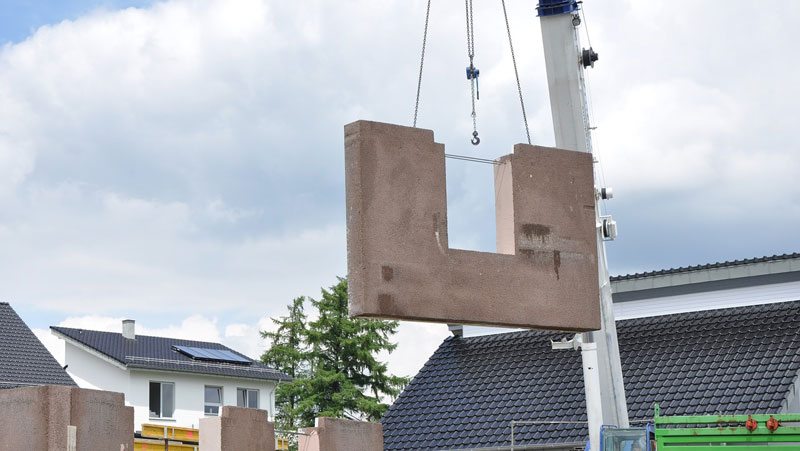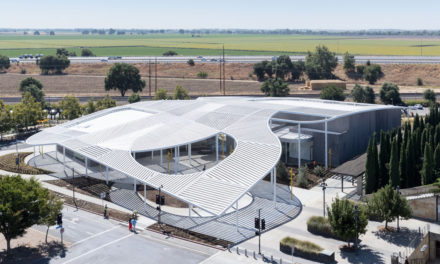Construction spending posted another robust increase in March, surging 8 percent from the same month a year earlier to hit the highest level since a pre-recession peak reached in October 2007, the Commerce Department reported.
Construction spending in March totaled $1.138 trillion at a seasonally adjusted annual rate—0.3 percent higher than the revised February rate—driven by strong public- and private-sector demand.
Private residential spending increased 1.6 percent for the month and 8.5 percent from a year earlier. Spending on multifamily residential construction rose 5.6 percent for the month and 34.6 percent year-over-year, while single-family spending was flat compared to February but up 13.4 percent from March 2015.
Private nonresidential construction spending increased 0.7 percent for the month and 9.3 percent from a year earlier. Public construction spending slipped 1.9 percent from February but was up 6.7 percent year-over-year.
The largest public segment—highway and street construction—was up just 0.4 percent for the month but is 18.8 percent higher year-over-year, as new federal surface transportation investments enacted last year have begun to impact demand, the Associated General Contractors (AGC) said.
“Construction should be a significant contributor to economic growth in the remainder of 2016 and beyond,” said Ken Simonson, the association’s chief economist. “Right now the biggest challenge for contractors in many parts of the country is that they are worried about finding enough qualified workers to meet demand.”
AGC officials warned that labor shortages are likely to become even more severe as construction companies continue to expand, unless federal, state and local officials act on the measures outlined in the association’s Workforce Development Plan.
“The new spending data, combined with recent employment reports, make it clear that the construction industry is growing faster than the broader U.S. economy,” said Stephen E. Sandherr, AGC chief executive officer. “But unless firms have enough workers to keep pace with demand, construction schedules are likely to slow as firms are forced to cope with labor shortages.”





